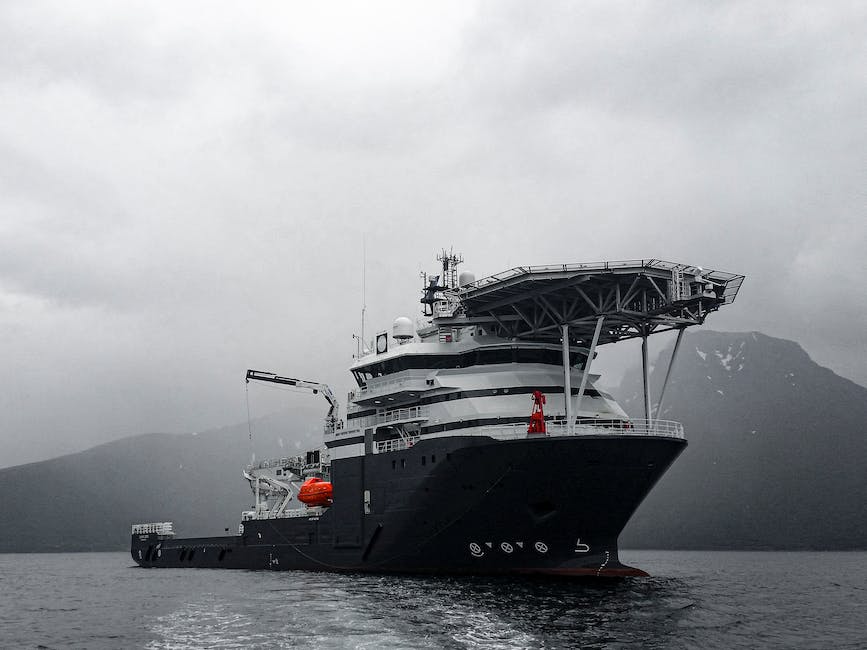How Are Offshore Oil Rigs Built?
Offshore oil rigs are an incredible feat of engineering and construction, with some of the most impressive feats of engineering at sea. But have you ever wondered how these structures are actually built? Read on to find out.
Exploring an Offshore Oil Rig
It’s easy to see how these mighty machines, that are built to withstand the harshest conditions of water and climate, are built and maintained. Let’s have a look at the parts of an offshore oil rig, starting from the top!
1. Topside Accommodations
These are the living quarters for the rig crew. Offshore oil rigs are often supported with a supply vessel to provide supplies and services.
2. Drilling Rig
A drilling rig is the most recognizable component of an offshore oil rig that drills the earth’s surface to extract oil and gas, and is the primary focus of most maintenance operations.
3. Wellhead
The wellhead is the protective housing that surrounds the well. This contains the blowout preventer, which is the assembly that is used to ensure safe drilling operations.
4. Subsea Production System
The subsea production system consists of the production tree, umbilicals, risers and subsea valves which allow the oil and gas to be safely extracted from the seabed.
5. Floating Drilling Platforms
Most offshore oil rigs will have one or more floating drilling platforms, which are anchored to the ocean floor and maintained with special equipment.
How Are They Built?
The process of building offshore oil rigs is complex and is typically done in stages. Here are the 4 main steps:
Stage 1 – Design and Engineering. This process begins with the creation of a detailed 3D design model which is used to plan and schedule the construction process.
Stage 2 – Fabrication. This involves the cutting of metal plates and welding them together to form the rig’s living quarters, drilling tower, wellhead and other elements.
Stage 3 – Transportation. The rig is then shipped to its destination and readied for deployment.
Stage 4 – Installation. This typically comprises of 4 steps:
- Lowering the rig into the sea.
- Positioning it on the seabed.
- Installing the production system.
- Commissioning the rig.
Conclusion
Building an offshore oil rig is a complex and detailed process, requiring careful planning, specialized equipment and a dedicated team of engineers and technicians. But the end result is a formidable structure that is capable of producing pumps of oil and gas.








